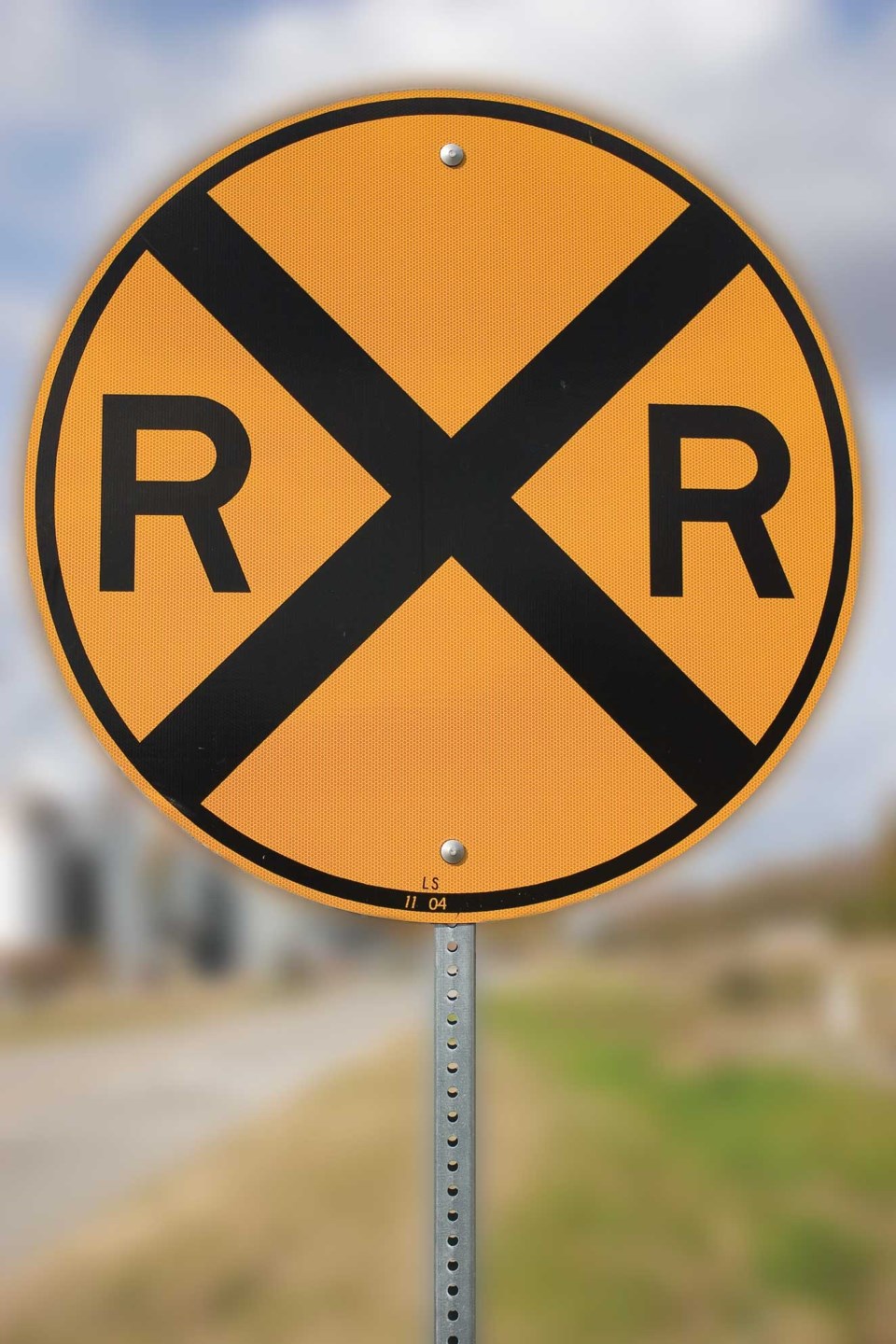Transportation Safety Board of Canada (TSB) released its investigation report into a collision involving two Canadian National Railway (CN) freight trains near Portage la Prairie, Manitoba. As a result of the investigation, the Board is issuing two recommendations to Transport Canada.
First, the Board recommends that Transport Canada require all major Canadian railways to expedite the implementation of physical fail-safe train controls on Canada’s high-speed rail corridors and on all key routes.
“The United States has fully implemented a positive train control system on all high-hazard track required by its federal legislation” said TSB Chair Kathy Fox. “The railway industry must act more quickly to implement a similar form of automated or enhanced train control system on Canada’s key routes to improve rail safety and avoid future rail disasters.”
Second, the Board recommends that Transport Canada require Canadian railways to develop and implement formal crew resource management (CRM) training as part of qualification training for railway operating employees.
“The aviation and marine industries experienced significant safety benefits with the introduction of CRM,” said TSB Chair Kathy Fox. “This type of training could provide additional tools and strategies to train crews to mitigate inevitable human errors.”
On 3 January 2019, an eastbound CN freight train (318) collided with the side of westbound CN freight train (315) just east of Portage la Prairie, Manitoba. Both trains were operating on the Rivers Subdivision, one of CN’s busiest routes which frequently transports dangerous goods.
The eastbound train passed a signal indicating to the crew that they should be preparing to stop at the next signal. The conductor called out the signal as required but did not hear the engineer respond and the train continued at track speed.
Soon after, the head ends on the two trains passed each other, and the conductor reminded the engineer of the previous signal. The engineer on 318 applied the train brakes, but as the stop signal indication came into view, the crew recognized that they would not be able to stop in time and applied the brakes in emergency. Shortly after the eastbound train collided with the side of the westbound train at 23 mph and the crew jumped from the train, sustaining minor injuries. The two head-end locomotives on the eastbound train 318 and eight cars on train 315 derailed as a result of the collision.
The investigation determined that the crew on train 318 had formed the expectation that they would continue following behind an earlier eastbound train through to Winnipeg. The engineer was fatigued due to disrupted sleep periods during the 2 nights preceding the accident and he experienced decreased vigilance due to fatigue which contributed to his delayed reaction to the signals displayed in the field.
The train 318 crew communication within the cab was ineffective. The conductor deferred to the engineer without questioning the operation of the train and, as a result, the crew’s actions to slow and stop the train were delayed.
This accident highlights major issues in the rail industry and reinforces TSB’s call for physical fail-safe train controls.




